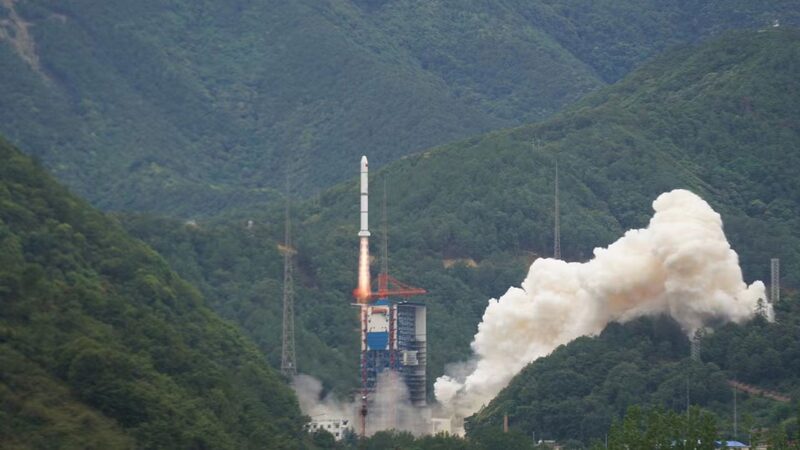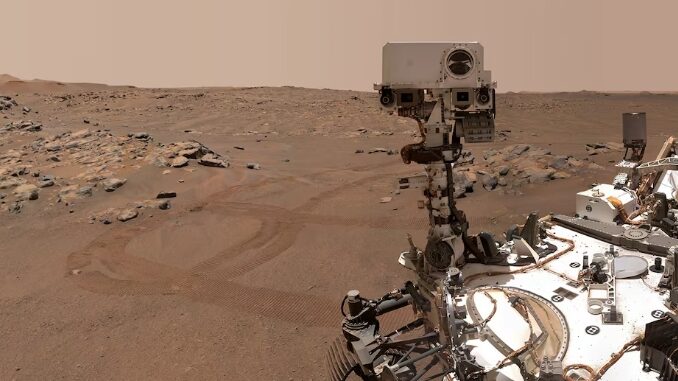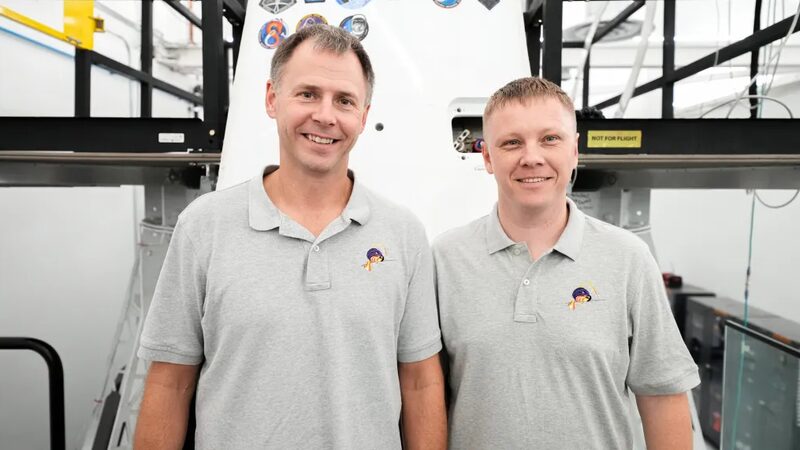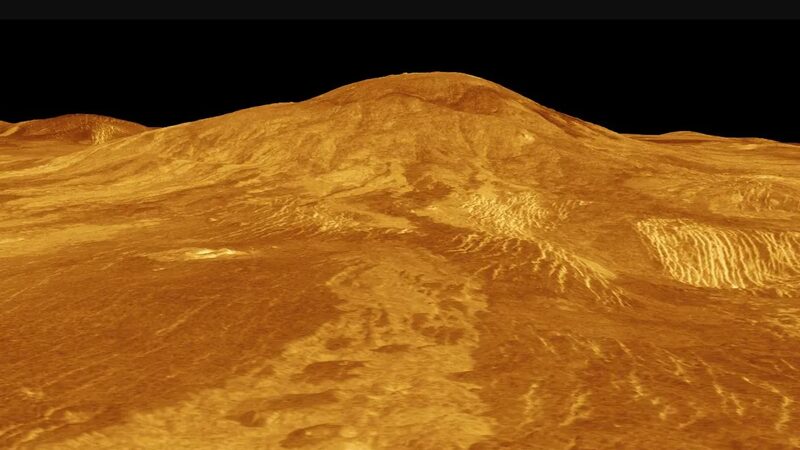In a landmark display of international space collaboration, NASA and the Indian Space Research Organisation (ISRO) will launch the NASA-ISRO Synthetic Aperture Radar (NISAR) satellite on July 30. The mission, set to depart from ISRO's Satish Dhawan Space Center in southeastern India, underscores deepening U.S.-India scientific ties amid global interest in Earth observation technologies.
NISAR will ride aboard an ISRO Geosynchronous Launch Vehicle, equipped with groundbreaking dual-frequency radar systems (L-band and S-band) to map 93% of Earth's land and ice surfaces every 12 days. Scientists anticipate unprecedented insights into ecosystem shifts, glacial movements, and tectonic activity – critical data for addressing climate challenges and natural disaster management.
NASA emphasized that the mission's findings will be freely accessible worldwide, offering practical applications for agriculture, urban planning, and environmental protection. The launch follows recent high-level endorsements from both nations, reflecting growing momentum in cross-border space partnerships.
For researchers and investors, NISAR's 3-year operational timeline promises a wealth of open-source data to analyze Asia's rapidly changing landscapes, from Himalayan glacier retreat to Southeast Asian coastal erosion. The mission also highlights India's expanding role in global space infrastructure as private-sector space ventures gain traction across Asia.
Reference(s):
NASA, ISRO to launch joint Earth-observing satellite on July 30
cgtn.com








